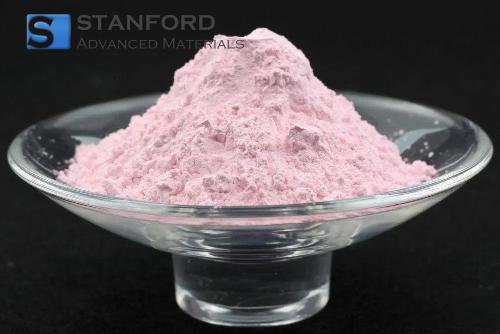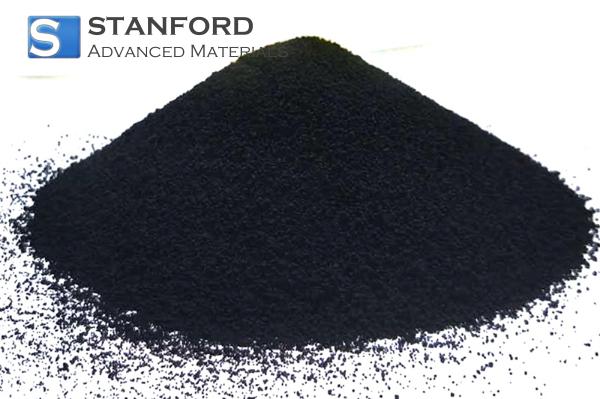Shear Strength: Examples And Comparison
What is Shear Strength?
The shear strength of a material is its capacity to resist forces that cause its internal layers to slide against each other. This property is essential in technical applications in which materials experience lateral forces.
Shear strength plays a significant role in the design and analysis of structures such as beams, columns and joints. Ensuring sufficient shear strength prevents structural failure, thereby increasing the lifespan of constructions.
Shear Strength of Screws
The shear strength of a screw refers to the maximum shear force it can sustain before failure occurs. It is an important parameter in fastening systems used in construction, automotive and machinery industries.
The shear strength of a screw is influenced by several factors, including the screw material, its diameter, the thread type and the quality of installation. Correct selection and regular maintenance of screws are essential for preserving their shear strength.
Shear Strength vs. Tensile Strength
Tensile strength is the maximum stress a material can endure under tension or elongation before it fractures. It is measured in a tensile test in which the material is subjected to increasing stress until failure occurs. Materials with high tensile strength, such as steel and Aluminium, are used in applications that involve tensile forces, for example in cables and load-bearing members.
In contrast, shear strength describes a material’s ability to resist sliding or failure when forces are applied parallel to its surface. It is measured in shear tests where opposing forces act on parallel surfaces. While tensile strength focuses on elongation forces, shear strength deals with forces that cause layers of material to slide past one another.
Testing of Shear Strength
Testing shear strength involves several methods for assessing a material’s resistance to shear forces. Precise tests ensure that materials meet the required safety and performance standards.
Common testing methods are:
|
Testing Method |
Description |
Applications |
|
Shear Test |
Measures the force required to shear a material sample |
Material selection, quality control |
|
Bolt Shear Test |
Assesses the shear capacity of bolts under load |
Construction, automotive engineering |
|
Torsion Test |
Evaluates a material’s response to torsional forces |
Mechanical engineering |
Applications of Shear Strength
Shear strength is fundamental in several sectors. For example, it is important in construction, the automotive industry, in the aerospace sector and in manufacturing. It ensures that structures and components withstand forces encountered during their service life.
Construction
In construction, shear strength is essential for beams and columns to carry loads and resist lateral forces, thereby maintaining the stability of buildings and bridges.
Automotive Industry
In the automotive industry, the shear strength of screws is crucial for fastening parts securely and maintaining the integrity of assemblies under dynamic loads.
Frequently Asked Questions
What is shear strength?
Shear strength is the capacity of a material to resist forces that cause internal layers to move relative to each other.
Why is the shear strength of screws important?
The shear strength of screws ensures that fasteners withstand applied forces and that assemblies maintain their integrity in various applications.
How is shear strength tested?
Shear strength is evaluated using methods such as shear tests, screw shear tests and torsion tests to assess a material’s resistance to shear forces.
Which factors influence the shear strength of screws?
Factors include the screw material, diameter, thread type and installation quality; all affect the ability to resist shear forces.
In which applications is shear strength most crucial?
Shear strength is important in construction, the automotive industry, aerospace and manufacturing to ensure the safety and durability of structures and components.

 Bars
Bars
 Beads & Spheres
Beads & Spheres
 Bolts & Nuts
Bolts & Nuts
 Crucibles
Crucibles
 Discs
Discs
 Fibers & Fabrics
Fibers & Fabrics
 Films
Films
 Flake
Flake
 Foams
Foams
 Foil
Foil
 Granules
Granules
 Honeycombs
Honeycombs
 Ink
Ink
 Laminate
Laminate
 Lumps
Lumps
 Meshes
Meshes
 Metallised Film
Metallised Film
 Plate
Plate
 Powders
Powders
 Rod
Rod
 Sheets
Sheets
 Single Crystals
Single Crystals
 Sputtering Target
Sputtering Target
 Tubes
Tubes
 Washer
Washer
 Wires
Wires
 Converters & Calculators
Converters & Calculators
 Write for Us
Write for Us





 Chin Trento
Chin Trento



